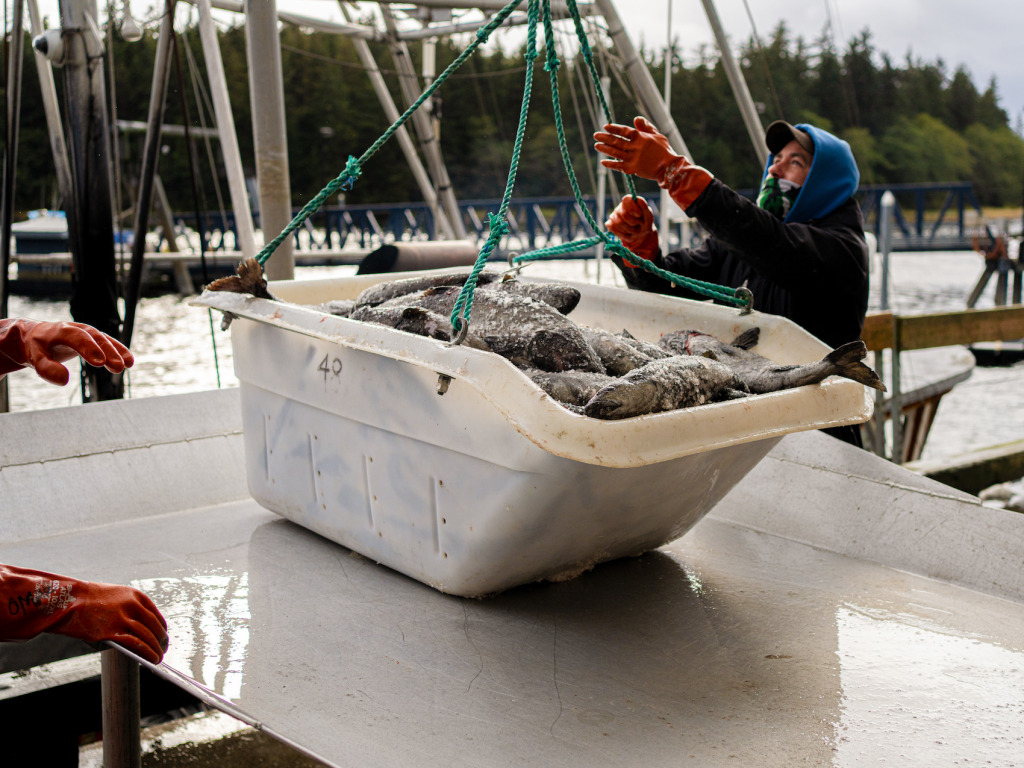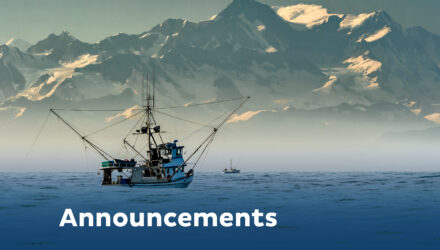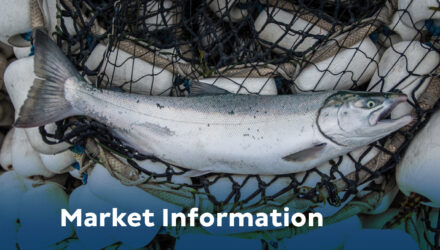Northern Lights: Moving Beyond 2020


Published in National Fisherman, March 7, 2022
Guest Author: Sam Friedman
In the first weeks of 2022, it is not yet clear how big of an asterisk to put on the year 2020. This question complicated the preparation of the most recent edition of Alaska Seafood Marketing Institute’s long-running economic analysis series on the economic value of Alaska’s seafood industry.
As usual, the “Economic Value of Alaska’s Seafood Industry” report presents data detailing the economic footprint of America’s largest seafood-producing state. For example, seafood remains the top employer of any private sector industry in Alaska — directly employing 62,200 workers.
But the January 2022 report differed from past ASMI economic impact reports because of the covid-19 pandemic, which began halfway through what would have been the regular two-year study period of 2019 and 2020. For this reason, 2020 was treated as an outlier and not included in the economic impact analysis in the report.
The complete report — which was prepared for ASMI by McKinley Research Group — is available at www.alaskaseafood.org/industry/economic-impact.
Key Findings
The Alaska seafood industry’s 62,600 direct workers (equivalent to 37,400 full-time equivalent jobs because many seafood jobs are seasonal) earned wages totaling $1.75 billion in 2019. About half of these workers were fishermen, with another 44 percent in the seafood processing sector; and the remainder employed in fishery management, hatcheries, or other fisheries-related jobs. Nationally, the Alaska seafood industry created thousands of additional jobs in distribution, grocery, and restaurant sectors.
The work of catching and processing Alaska’s harvest in 2019 took place aboard 8,900 fishing vessels, 160 shore-based processors, 52 catcher-processor vessels, and 30 floating processors.
For the report’s 2019 base year, the top-line national economic impact number was $15 billion. This total economic impact figure includes $6.4 billion in direct output from catching, processing, distributing, and selling Alaska’s seafood harvest. An additional $8.6 billion is from multiplier effects, the secondary economic activity produced by the direct output money moving through the U.S. economy.
Measuring Covid Impacts and Other Challenges
The economic value of Alaska’s seafood harvest dropped in 2020 across both the harvesting and processing sectors, as well as across all major species types. Both ex-vessel and first wholesale values dropped to their lowest levels since 2009, with more than 20 percent declines from 2019.
It can be difficult to untangle covid disruptions from other challenges the Alaska seafood industry faced in 2020. For example, the total value of the salmon harvest fell sharply largely because of low salmon runs in nearly every region of Alaska except for Bristol Bay. Value was also down because global foodservice closures depressed prices.
Future Effects
A key question going into 2022 is whether the pandemic fundamentally changed the Alaska seafood industry that existed in 2019. In other words, was 2020 an anomaly or the start of a “new normal”? 2021 provides some evidence to support both theories.
On one hand, preliminary data points to a partial recovery for the Alaska seafood industry in 2021. Higher prices and robust retail sales for key Alaska seafood products will likely buoy the total value of the 2021 harvest to well above 2020 levels (but still below long-term averages). Preliminary data also suggest that the number of seafood harvesting and processing jobs increased substantially from the lows experienced in 2020.
However, the pandemic by no means ended in 2021, and new variants threaten to prolong its effects. While consumer markets for Alaska seafood products were strong in 2021, new pandemic-related disruptions to the markets for labor and shipping worsened in 2021, increasing the costs of catching, processing, and moving Alaska seafood products. No matter the noise, however, this latest snapshot of the Alaska seafood industry is clear on the big picture: seafood remains an essential economic engine for Alaska’s coastal communities, the state, and the nation.

Sam Friedman is a research analyst at McKinley Research group. He specializes in studying Alaska fisheries and seafood markets, and was previously an Alaska newspaper reporter and a supermarket fishmonger.
Each month, ASMI curates a column for National Fisherman highlighting topics and issues relevant to Alaska seafood called “Northern Lights” which is authored by rotating voices and organizations from across the industry.


